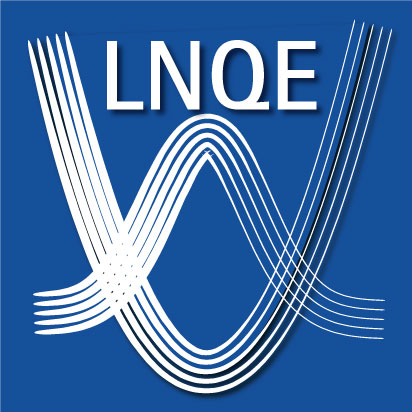Graphene based sensors: functionalization by molecular switches
| Leitung: | F. Renz, R. Sindelar, C. Tegenkamp |
| Team: | D. Natke |
| Jahr: | 2016 |
Graphene’s unique properties, i.e. the extraordinary carrier mobility and capacitance, high electron transfer rate, exceptionally large surface-to-volume ratio in addition to its mechanical robustness and flexibility, makes it an attractive candidate for future sensor applications. The successful implementation of a graphene-based sensor technology requires a host material, which is low-priced in manufacture and sustainably fabricated from an almost inexhaustible source. Carbon nanofibres (CNFs), fabricated by electrospinning and subsequent processing and containing graphene as building-blocks, fulfil all of these requirements as recently demonstrated by us. Secondly, the tunability and tailoring of the sensor’s selectivity is the most crucial step. In this project the functionalization of graphene and CNFs with modulating compounds and molecular switches is intended. The interdisciplinary collaboration with partners from physics and mechanical engineering has the potential to establish a new field of nanosensor research.
In detail, the project is devoted to the exploration of functionalized graphene in order to modulate the sensoric effects. The functionalized graphene is achieved via defects (substitutional, interstitial, intercalated), coordination (of metals, clusters, complex compounds), covalent bonding (of auxiliary electron donating or withdrawing groups in order to control the inductive and mesomeric effects), such as multi-stable complexes. The multi-stable molecular switches are stimuli-responsive with changing properties, such as in size or magnetism. These results will be extended to CNFs.
This project is closely entangled with the projects of Prof. Tegenkamp and Prof. Sindelar. Atomically well-defined pre-decorated graphene structures are transferred for further wet-chemical functionalization with relevant molecules, e.g. biotin as a linker, coupled via different bonding schemes (dipole, covalent, dispersive). After the ex-situ characterization in our labs the samples are re-installed for in-situ nanoscopic transport experiments (Prof. Tegenkamp; 4-tip STM/SEM system), in order to correlate the impact of selective bonding regimes with modifications of an electrical signal. In analogy, these recipes will be applied to CNFs (Prof. Sindelar) and the sensoric behaviour will be probed via transport measurements ranging from nanoscopic to macroscopic distances, including ambient conditions.






